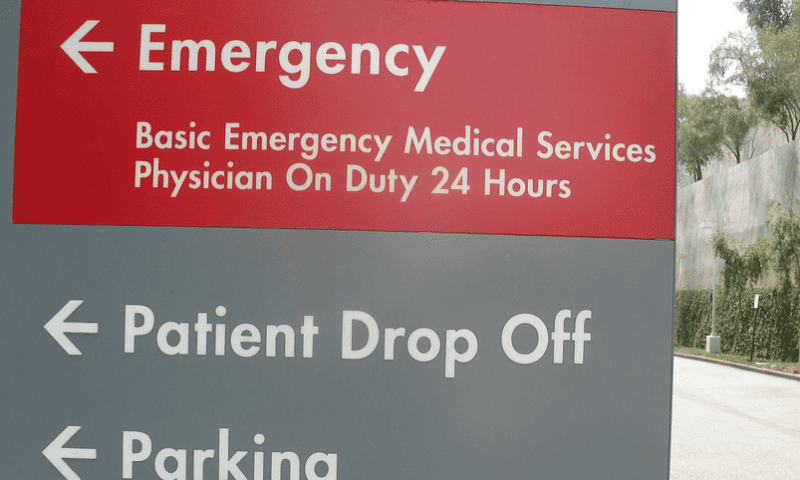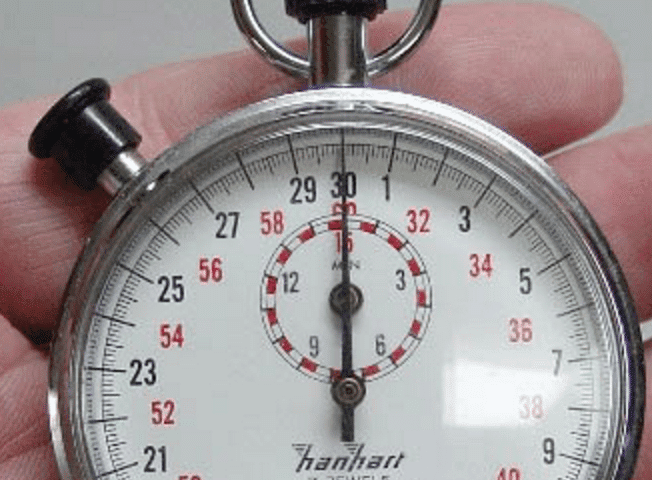

“Uncovered California” is a three-part series of stories and videos examining how the Golden State is trying to fill holes in its health care coverage.


“Right now, I have a medicine sitting at Wal-Mart pharmacy that I can’t purchase till payday,” Jacqueline, a 55-year-old San Diegan told me during a telephone interview in mid-April. She asked that her last name not be used for this story. “I’ll go without, eight or nine days till payday. It’s for my high cholesterol.”
Five years after the Affordable Care Act became law, and more than three years after California began moving aggressively to implement its provisions, upwards of three million Californians remain without health care coverage; and millions more, like Jacqueline, have basic coverage but continue to be grievously under-insured.This is the story of how so many Californians continue to fall through the ACA’s cracks.
“Uncovered California” is a three-part series of stories and videos examining how the Golden State is trying to fill holes in its health care coverage. Sasha Abramsky’s articles look at working people who are falling through coverage cracks,
» Read more about: Uncovered California: Why Millions Have Fallen Into Health Care Gaps »


Capital & Main won top prize in one of the lead categories and finished second or third in five others Sunday evening at the 58th Annual Southern California Journalism Awards.


Private prison companies are extremely secretive, but in the last few weeks we’ve gotten two powerful glimpses of how these companies harm prisoners and the people that work for them.


I recently spoke to the leader of the Service Employees International Union-United Service Workers West, which represents Los Angeles janitors, about some startling information I had heard earlier from a friend at SEIU-USWW.


Leo Hindery Jr. remembers the call he got the night before he was to testify before Congress, in September of 2007, to close a tax loophole enjoyed by private equity investors. It was from Stephen Schwarzman, co-founder of the Blackstone Group, the largest private equity management firm in the U.S.


The next step in deciding whether California will join other state efforts to demystify the drug pricing practices of pharmaceutical manufacturers will be taken tomorrow as the Assembly’s Health Committee votes on a drug pricing transparency bill introduced in February by State Senator Dr. Ed Hernandez.


House Speaker Paul Ryan recently released a new “anti-poverty” plan that would only make it tougher for poor and working families to get by.
For the state’s first hundred-plus years, certain unspoken rules governed California politics. In a state where agriculture produced more wealth than any industry, the first rule was that growers held enormous power.


One of the unfortunate byproducts of the matchup between Hillary Clinton and Donald Trump is that the presidential race has already become a contest of personalities rather than one of ideas.